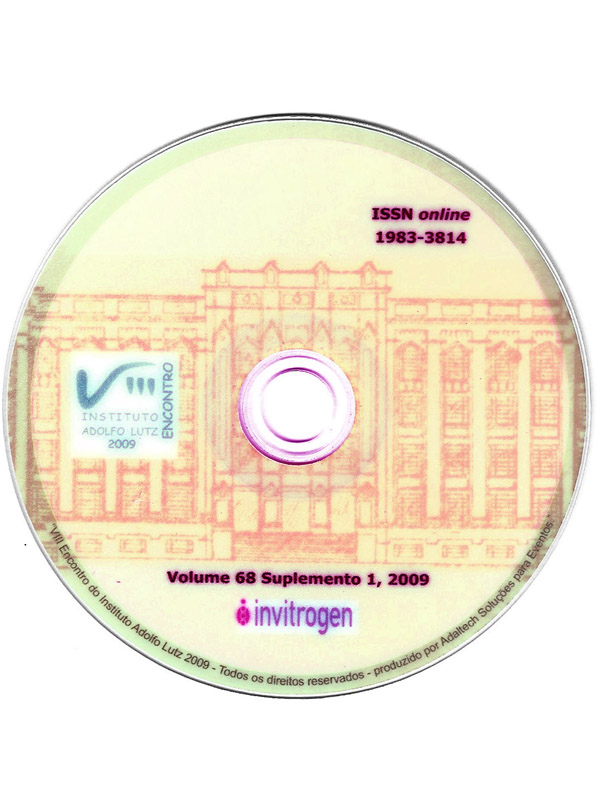Resumo
Rotavirus (RV) infections are recognized as a major cause of severe gastroenteritis in infants and young children worldwide. Approximately 90% of all rotavirus diseases have been shown to be caused by rotaviruses with P[8]G1, P[4]G2, P[8]G3, P[8]G4, and P[8]G9 specificities, with the P[8]G1 being the most prevalent combination. In March 2006, Brazil introduced a monovalent P[8]G1 human RV vaccine (Rotarix®GlaxoSmithKline Biologicals) into its national Expanded Program for Immunization. This gave us an opportunity to study genetic diversity among G1 rotavirus strains before and after the introduction of this vaccine. We performed a VP7 gene sequence analysis of 38 P[8]G1 rotavirus strains, selected randomly from a total of 341 P[8]G1 rotavirus isolates collected in São Paulo State during 1996-2006: two strains each from 1997, 1998, 2001 and 2002; three strains each from 1996, 1999 and 2003; four strains in from 2000; seven strains each from 2004 and 2005; and five strains from 2006. Sequence analyses have demonstrated the existence of at least four VP7 gene phylogenetic lineages among human G1 viruses (G1-I, G1-II, G1-III and G1-IV). All 38 G1 rotavirus VP7 genes were classified into one of two distinct lineages, lineage I (G1-I) with 44.7% (17/38) and lineage II (G1-II) with 55.3% (21/38). The G1–I strains were detected in 1996-1997, 2001-2002 and 2004-2006 whereas G1-II strains were identified in 1998-2001 and 2003-2005. Of note was the finding that G1-II strains were not detected after the introduction of G1-II Rotarix® vaccine. Preliminary analyses showed that Rotarix® vaccine was efficacious against both G1-I and G1-II viruses. However, additional analyses are needed to confirm these initial observations.

Este trabalho está licenciado sob uma licença Creative Commons Attribution 4.0 International License.
Copyright (c) 2009 RCC Carmona, M Realpe, A Luchs, SG Morillo, LJ Richtzenhain, Y Hoshino, MCST Timenetsky
